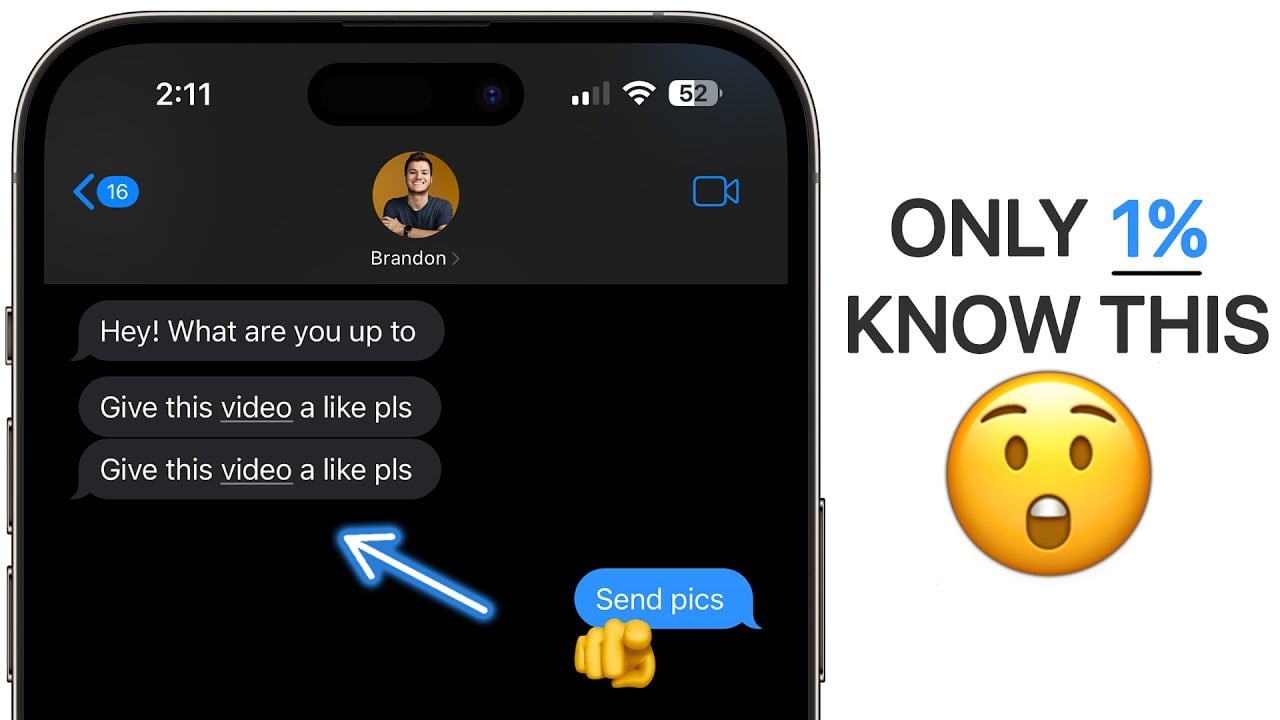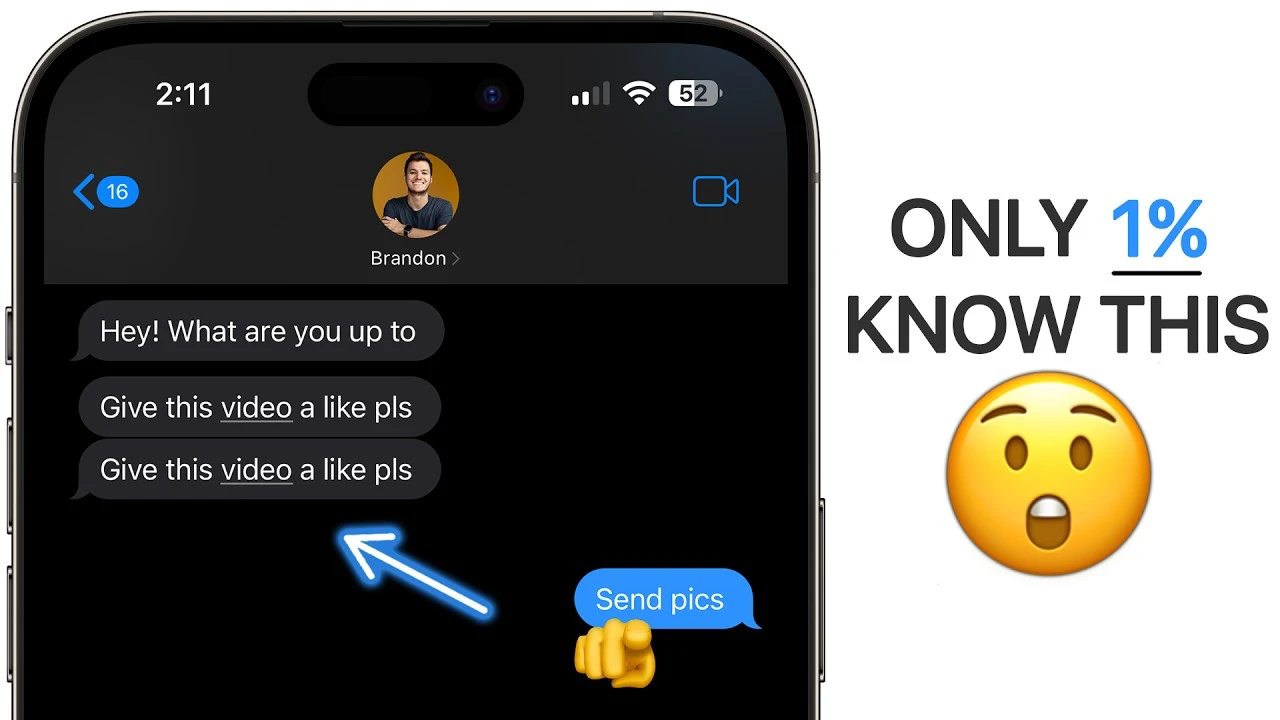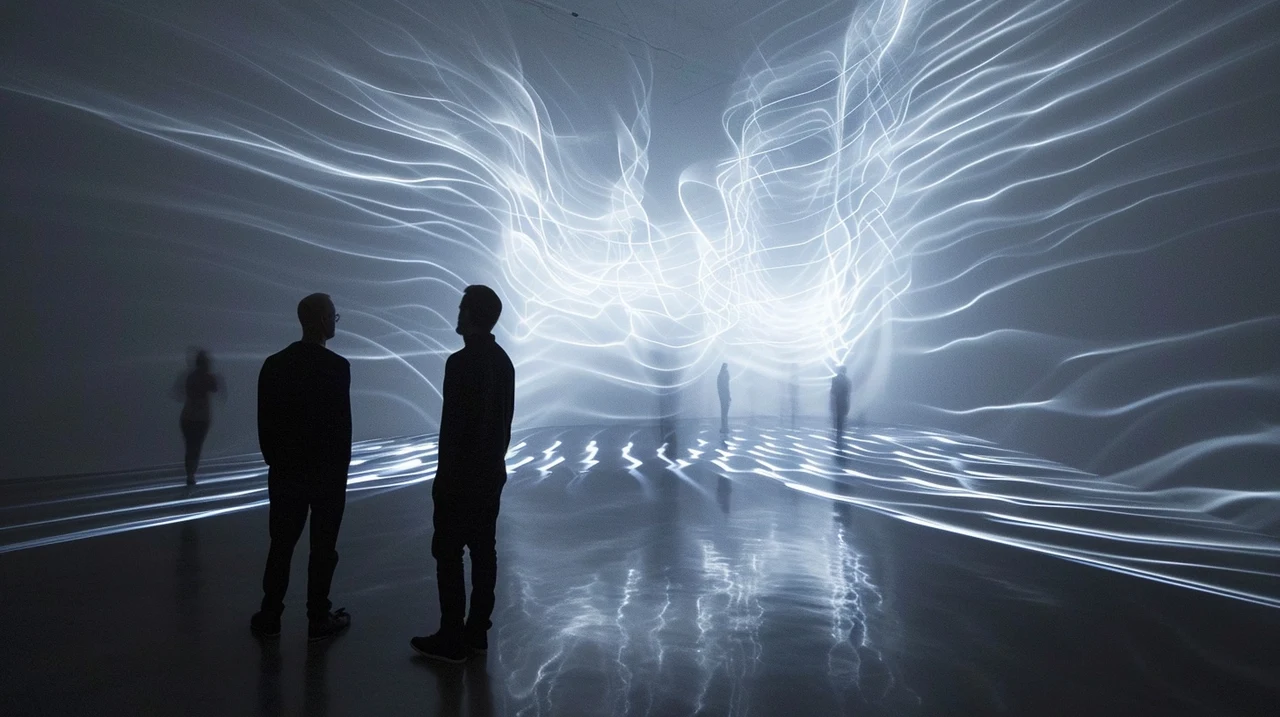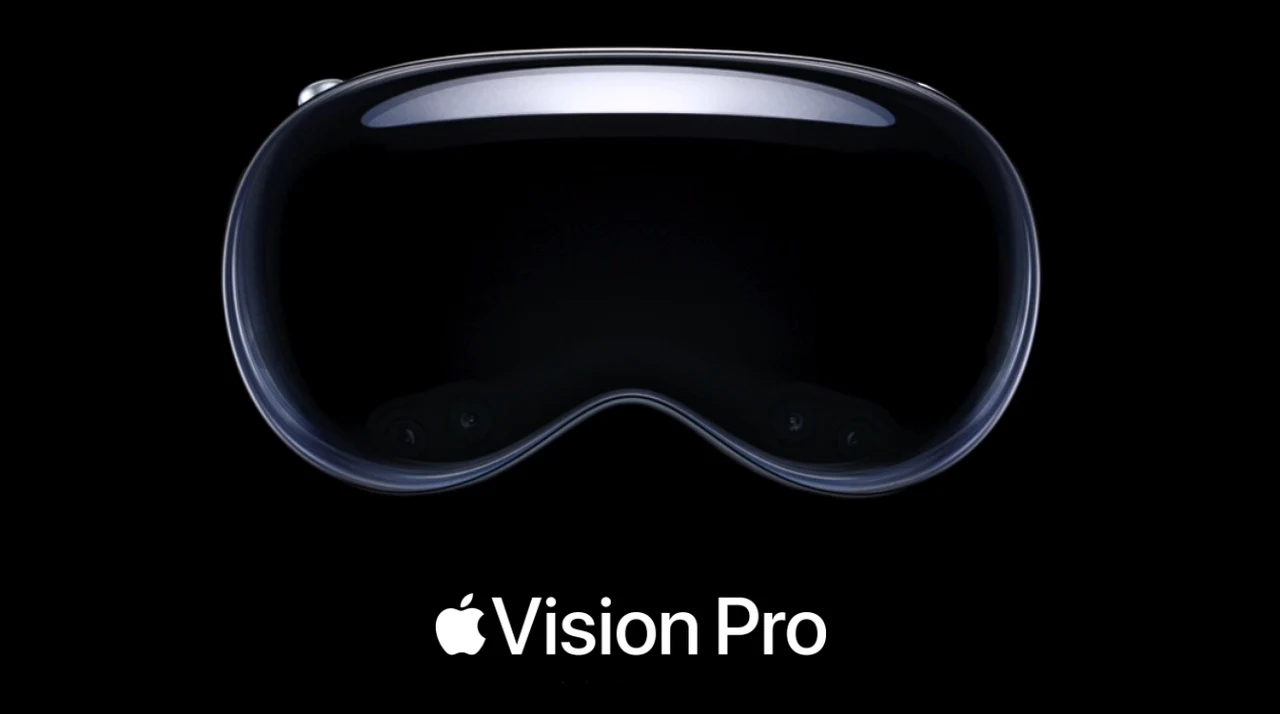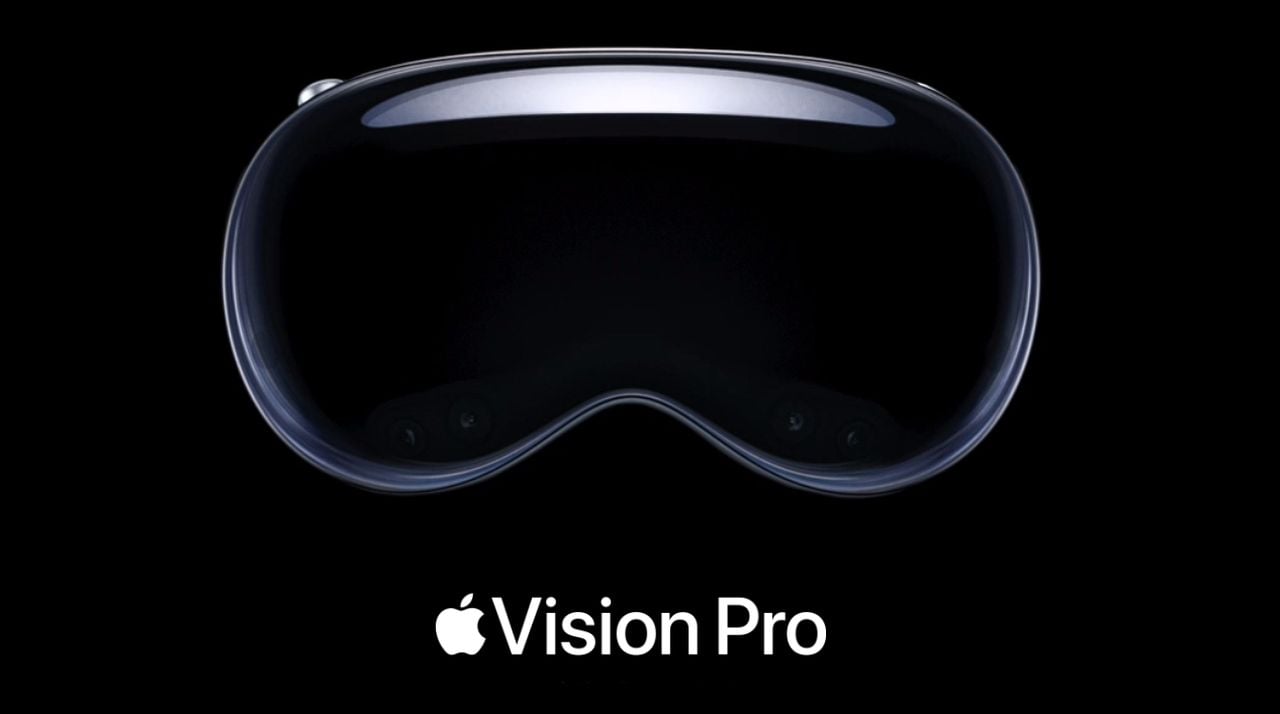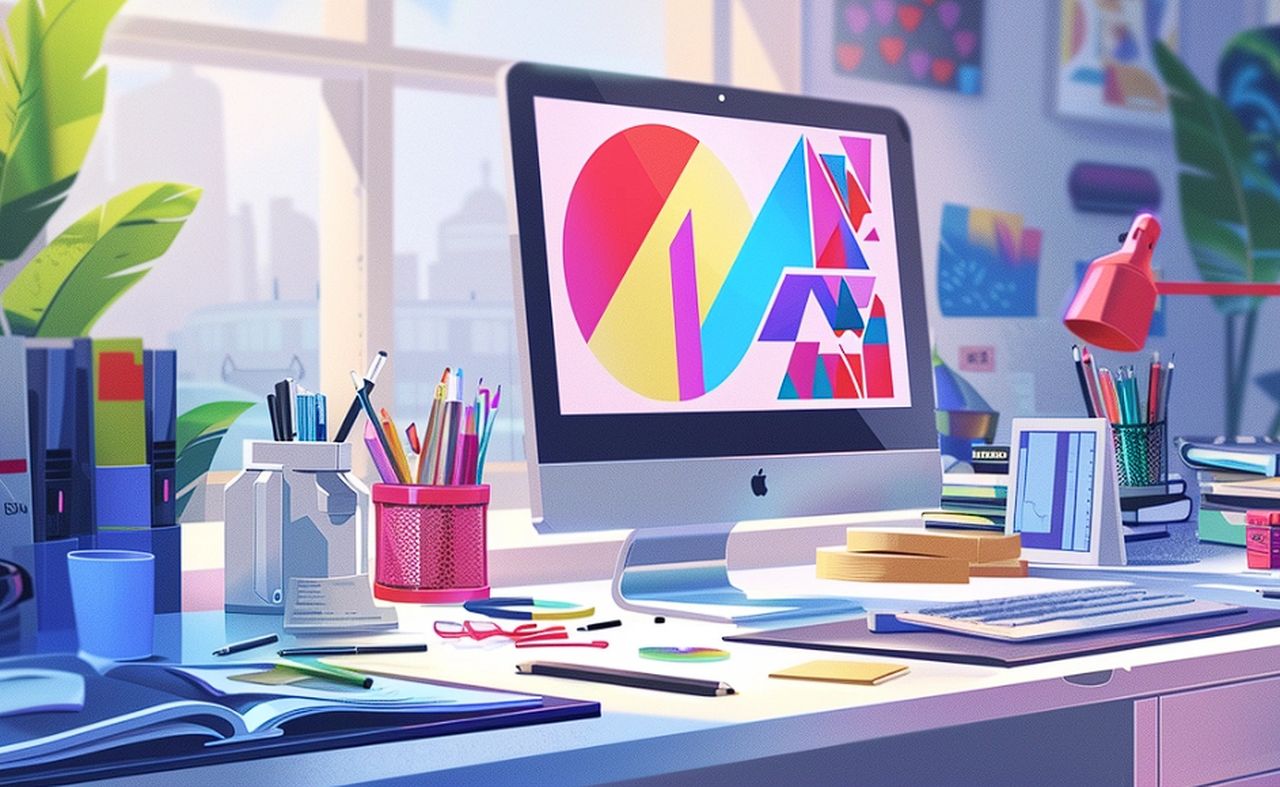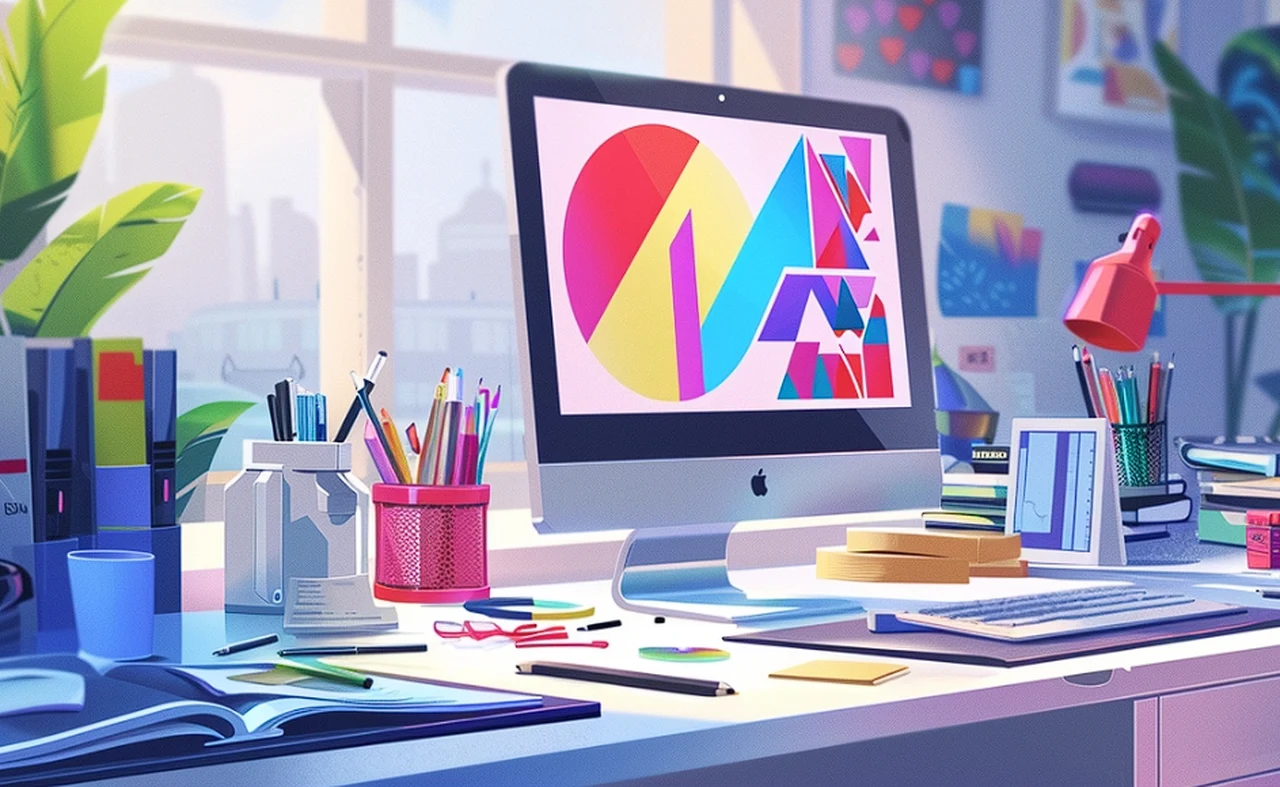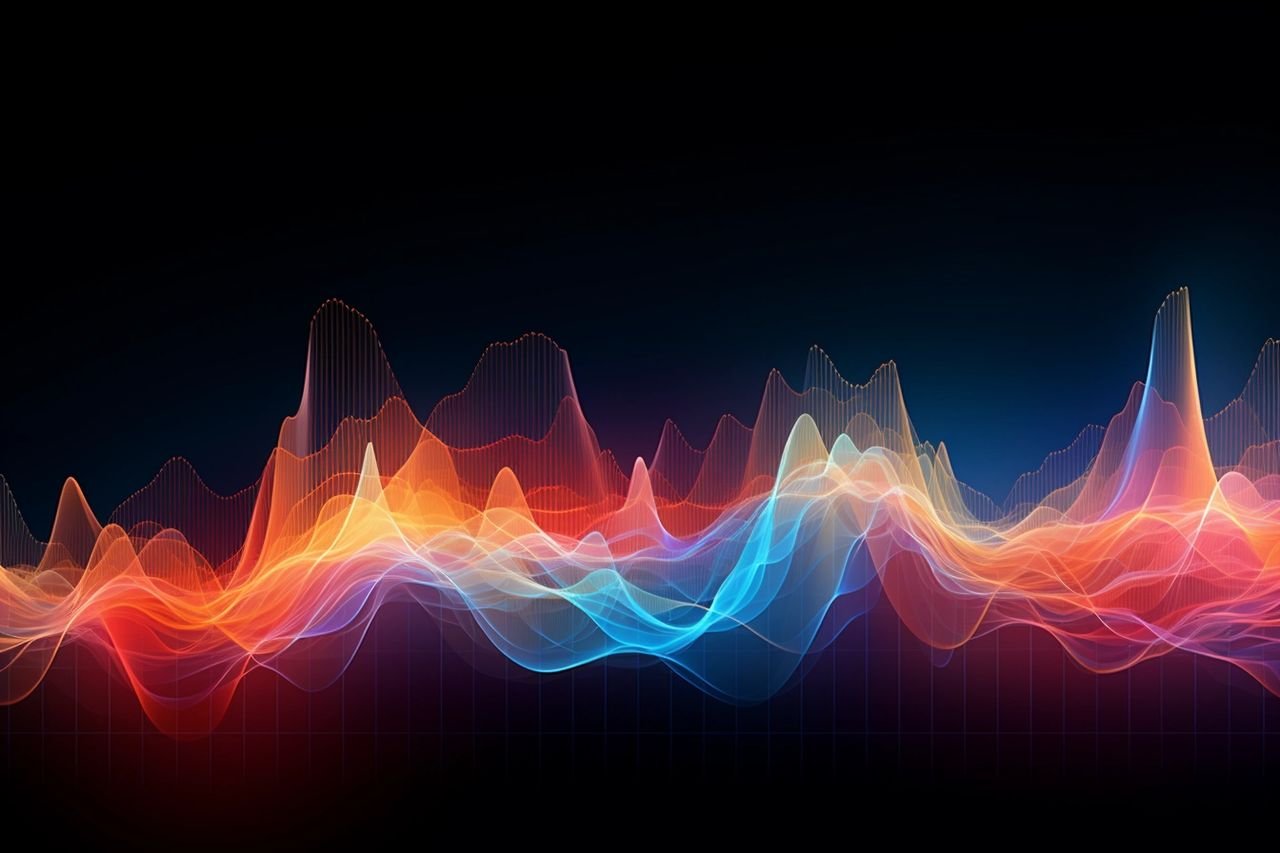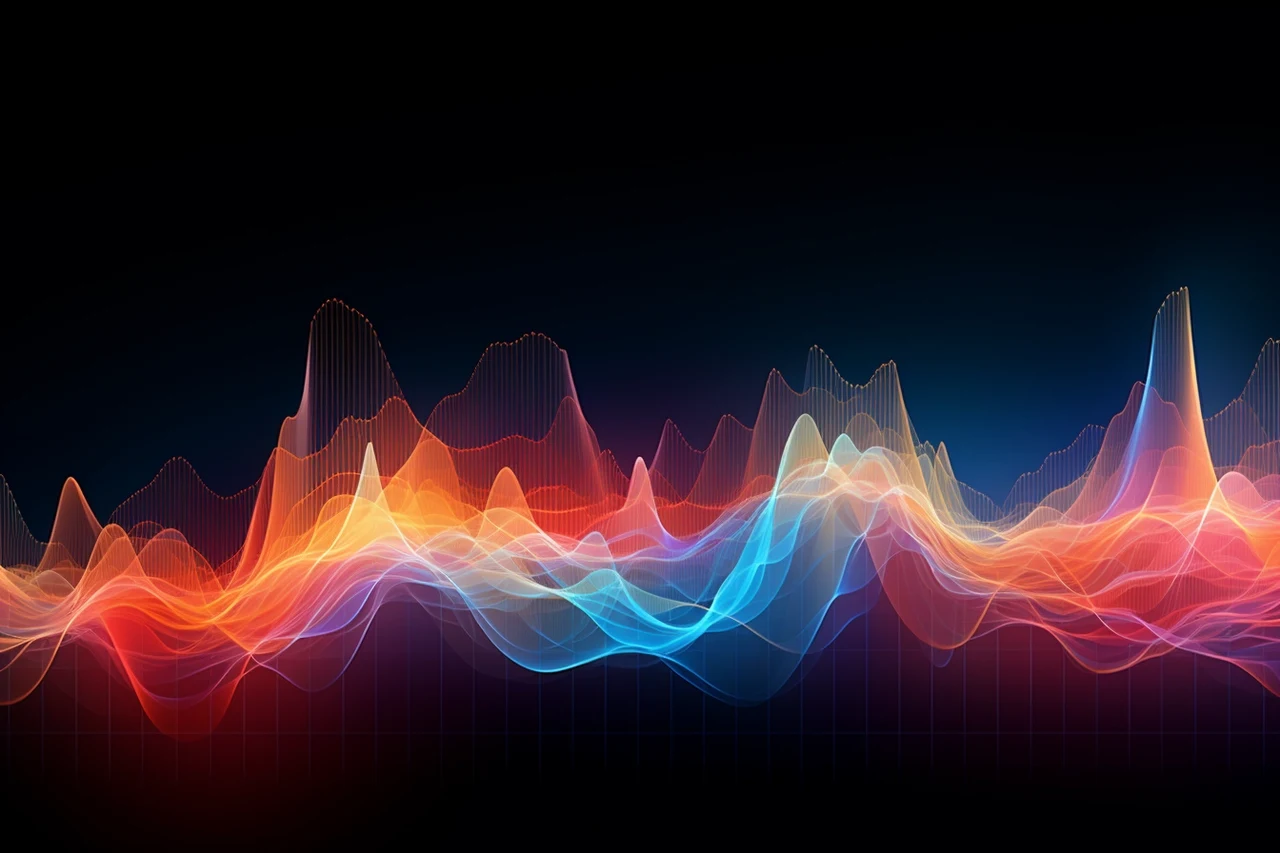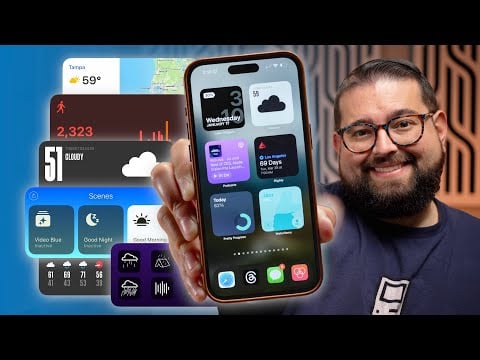
When creating artwork for visual storytelling, the power to captivate and convey emotion through images is a skill that stands out and choosing the correct camera angle can make the difference between a poor and a fantastic image. Thanks to the explosion of artificial intelligence over the last 18 months, you have an unprecedented selection of AI art generators at your disposal. But using them correctly to create striking visual narratives is not as easy and simply entering text into a prompt.
Midjourney’s AI art generator is one such tool that, when wielded with expertise, can produce images that not only grab attention but also tell a compelling story. This guide is designed to help you harness the potential of the latest Midjourney 6 prompts and features to direct and shape your images with a focus on camera angles, shot types, and the direction of your shots to ensure your visuals resonate deeply with your desired audience.
Mastering Midjourney 6 camera angles explained
When you decide the angle for your shot, you’re also deciding the story you want to tell. For instance, a shot taken from the front can suggest importance or present a straightforward view, while a shot from the side may imply a more reflective or contextual narrative. If you choose to take a shot from behind the subject, you might create a sense of mystery or expectation, making viewers curious about what lies beyond their view. By giving clear instructions to the AI about these shot directions, you can significantly influence the emotional impact and the story that your images convey.
The angle of the camera is another vital aspect that adds layers of meaning to your images. If you opt for a low camera angle, your subject might appear more imposing or important, whereas a high angle could make them seem vulnerable or less significant, often eliciting sympathy or providing perspective. Wide angles are excellent for capturing expansive scenes, adding context and mood to your visuals.
Overhead shots, on the other hand, offer a bird’s-eye view that’s perfect for establishing a scene or creating interesting patterns. By guiding the AI with these angles in mind, you can craft images that are not only visually appealing but also emotionally charged and full of tension. Watch the fantastic tutorial below kindly created by Daxton Studio to learn more about mastering Midjourney 6 camera angles
Here are some other articles you may find of interest on the subject of mastering Midjourney and its features, styles and more :
The type of shot you choose, determined by the distance between the camera and the subject, also plays a crucial role in how viewers connect with the image. Close-up shots are great for revealing subtle emotions or detailed textures, bringing the audience into a more intimate relationship with the subject. Medium shots strike a balance, making them ideal for character studies or to showcase interactions between subjects. Full shots, which capture the entire subject, are perfect for displaying elements like fashion, posture, or movement. Thoughtfully applying these shot types, along with the right angles and directions, instructs the AI to produce images that highlight the elements you want to focus on.
Things to consider when choosing your camera angle
Objective and Theme
- Define Your Objective: Clearly understand what you want to convey through your artwork. Is it to evoke a certain emotion, tell a story, or showcase a particular subject or landscape?
- Theme Consistency: Ensure the camera angles you choose align with the theme of your artwork. Different themes may benefit from specific angles to enhance their narrative or aesthetic appeal.
Camera Angles and Their Impacts
- Low Angle: Use this to convey power, dominance, or grandeur of the subject. It can make subjects appear larger than life, ideal for heroic or imposing scenes.
- High Angle: This angle can diminish the subject, making them appear vulnerable or isolated. It’s useful for creating a sense of observation or detachment.
- Wide Angle: Perfect for establishing shots, it captures broad scenes and can create a sense of openness or vastness. Be mindful of distortion at extreme wide angles.
- Overhead (Bird’s Eye) View: Offers a unique perspective, often used to create patterns, show layout, or highlight the relationship between subjects and their environment.
- Point of View (POV): Creates an immersive experience, allowing viewers to see through the eyes of a subject. It’s effective for personal storytelling or first-person narratives.
- Close-up and Extreme Close-up: Focuses on details, ideal for conveying emotions, importance of small elements, or highlighting texture and color.
Composition and Framing
- Balance and Symmetry: Consider how the chosen angle affects the composition’s balance. Symmetrical compositions can be more pleasing with centered angles, while asymmetrical shots can create dynamic tension.
- Leading Lines and Depth: Use angles to introduce lines that guide the viewer’s eye through the image or to create depth, making the artwork more engaging and layered.
Lighting and Shadows
- Directional Impact: The angle of the camera relative to the light source can drastically alter the mood of the scene, affecting shadows, highlights, and the overall tone.
- Quality of Light: Understand how different angles can change the perception of the light’s quality (e.g., harsh vs. soft light) and use this to your advantage.
Subject and Environment Interaction
- Contextual Emphasis: Choose angles that best showcase the interaction between your subject and their environment, whether to show harmony, conflict, or any other relationship.
- Environmental Storytelling: Use angles to reveal or conceal elements within the environment that contribute to the story you’re telling.
Experimentation and Variation
- Try Multiple Angles: Experiment with various angles for the same concept to see how they change the narrative or emotional impact of the image.
- Mix and Match: Sometimes, a combination of angles in a series of images can tell a more comprehensive story than a single perspective.
Technical Considerations
- Resolution and Detail: Be aware that certain angles might require higher resolution to capture finer details, especially for large prints or displays.
- Distortion: Understand how lens distortion affects your image based on the angle and how to correct or incorporate it creatively.
Viewer’s Perspective
- Engagement: Consider how the angle affects the viewer’s engagement with the artwork. Does it draw them in, make them feel like a participant, or an observer?
- Emotional Response: Different angles can evoke different emotions. Be intentional about the response you want to elicit from your audience.
The combination of shot direction, camera angles, and shot types is at the heart of visual storytelling. Each decision you make shapes the narrative and influences how viewers interact with your images. As you experiment with these components, you’ll discover how they can alter the mood, focus, and interpretation of your visuals. The AI, following your Midjourney prompts, becomes a conduit for your artistic expression, translating your directives into enthralling visual tales.
To craft images that are not only visually arresting but also rich in narrative, it’s essential to become proficient in using Midjourney prompts to specify shot direction, camera angles, and shot types. The key to enhancing your visual compositions lies in combining these elements effectively. Through trial and error, you will witness your images transform into narratives that not only capture but also maintain the interest of your viewers, making each visual a unique and engaging story in itself.
Filed Under: Guides, Top News
Latest timeswonderful Deals
Disclosure: Some of our articles include affiliate links. If you buy something through one of these links, timeswonderful may earn an affiliate commission. Learn about our Disclosure Policy.

